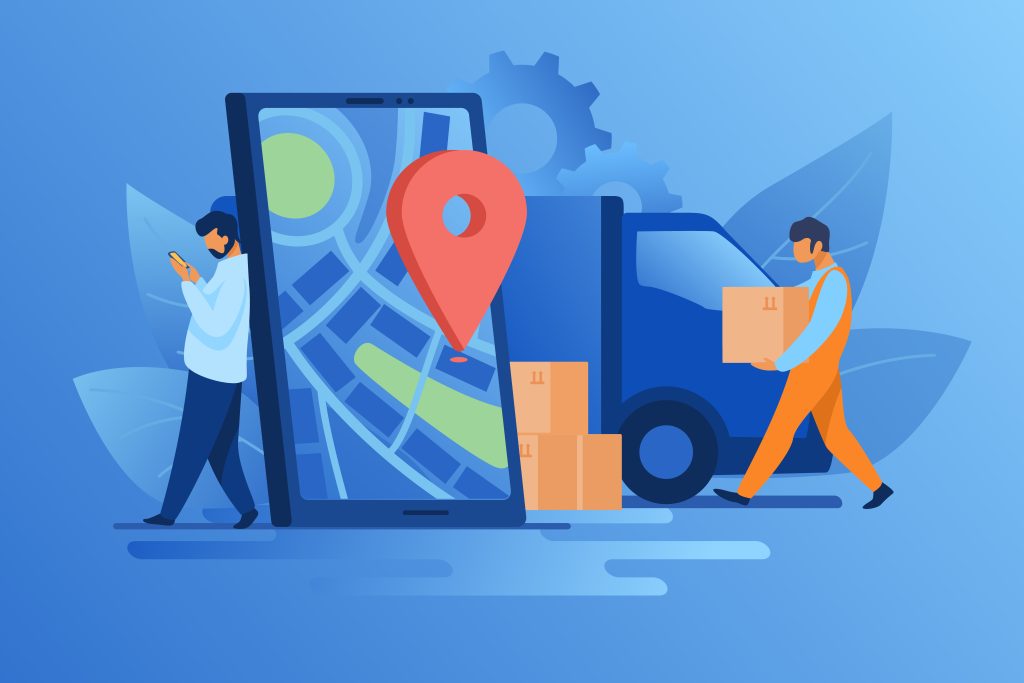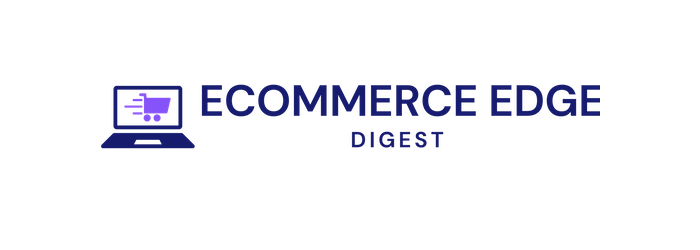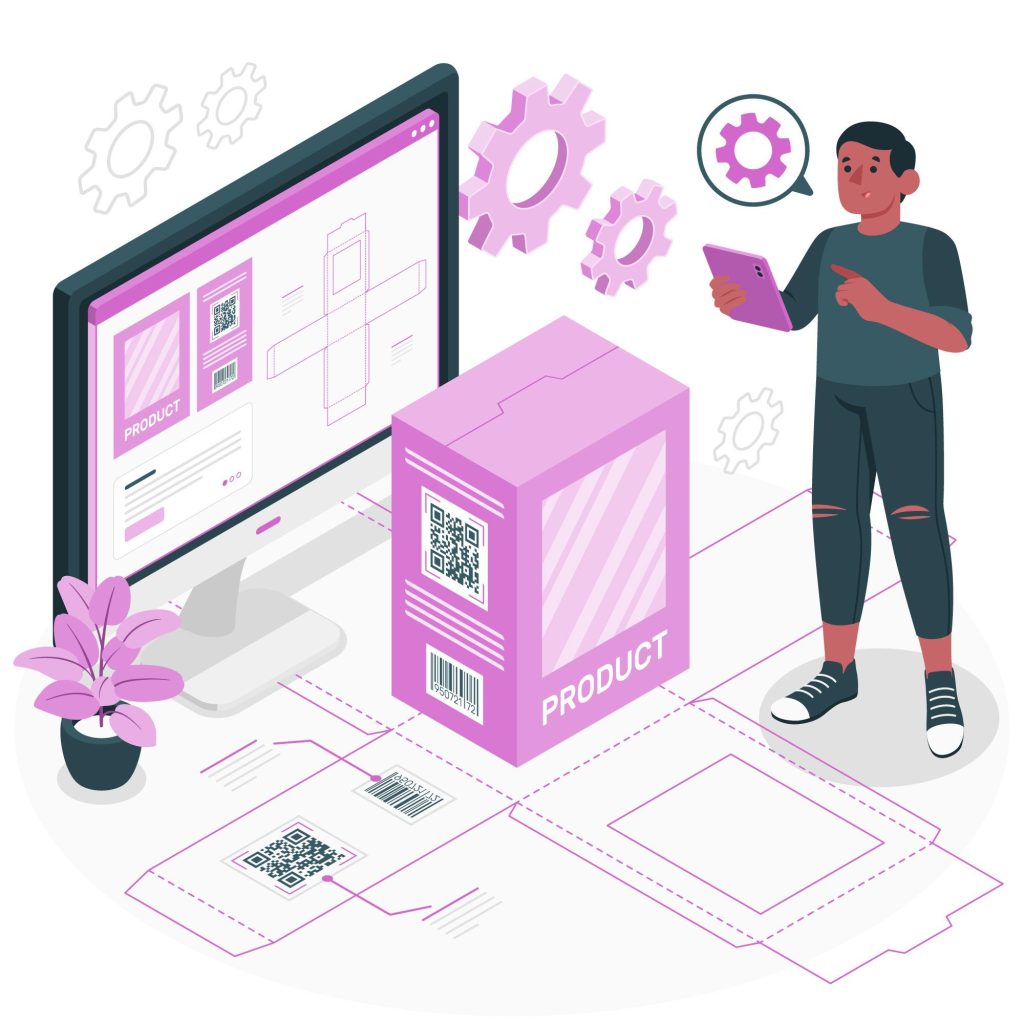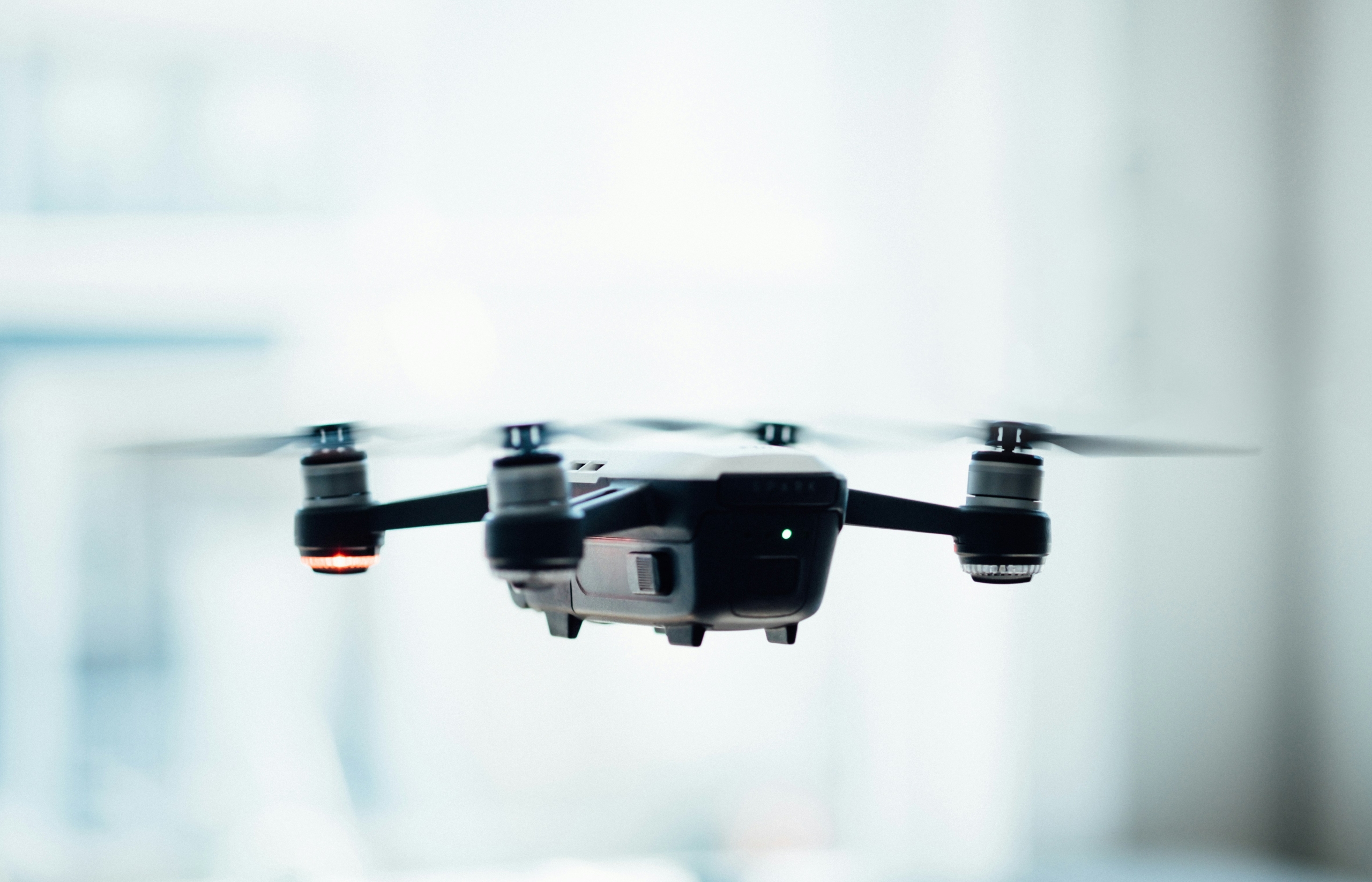
In an era where speed and efficiency dictate the rhythm of business, the art of product delivery is undergoing a profound conversion. “Streamlining Success: The Future of Product Delivery Automation” explores how cutting-edge technologies and innovative processes are reshaping the journey from concept to customer. As companies strive to meet ever-evolving demands, automation emerges not just as a tool, but as a strategic imperative — promising to eliminate friction, accelerate timelines, and redefine what it means to deliver value. This article delves into the evolving landscape of product delivery automation, shedding light on the pathways that lead to a more agile and responsive future.
Embracing Intelligent Workflows for Enhanced Efficiency
Intelligent workflows leverage cutting-edge technology to transform mundane, repetitive tasks into seamless automated processes. By integrating AI-driven decision-making and real-time data analytics, organizations can minimize human error and accelerate throughput without compromising quality. This dynamic shift allows teams to focus on higher-value activities, fostering innovation and strategic growth. Key benefits include:
- Adaptive process management that evolves with project demands
- Improved cross-team collaboration through transparent task tracking
- Reduced operational costs by eliminating redundancies
Consider the following example illustrating the impact of intelligent workflows on product delivery timelines:
| Phase | Traditional Workflow | Intelligent Workflow |
|---|---|---|
| Planning | 5 Days | 3 Days |
| Growth | 15 Days | 10 Days |
| Testing | 7 Days | 4 Days |
| Deployment | 3 Days | 1 Day |
Automation not only speeds up each phase but also provides real-time insights that enable proactive adjustments. Teams can anticipate bottlenecks before they escalate, ensuring smoother, more predictable delivery cycles. With the continuous evolution of these workflows, the future of product delivery lies in workflows that think, learn, and adapt autonomously.
Leveraging Data-Driven Insights to Predict Delivery Outcomes
In today’s fast-paced delivery ecosystems, transforming raw data into actionable foresight is no longer a luxury — it’s a necessity. By harnessing advanced analytics and machine learning models, organizations can now anticipate potential bottlenecks, delays, and quality issues before they manifest. These predictive insights empower teams to adjust workflows dynamically, allocate resources more efficiently, and maintain a consistent trajectory toward on-time, high-quality deliveries. The key lies in integrating diverse datasets — from historical delivery times and supplier performance to real-time traffic and weather conditions — into a cohesive narrative that informs smarter decision-making.
Core benefits of embedding predictive analytics into delivery processes include:
- Proactive risk mitigation through early warning signals
- Enhanced customer satisfaction via transparent and reliable updates
- Optimized supply chain resiliency by identifying hidden dependencies
- Continuous improvement fueled by data-driven feedback loops
| Predictive Factor | Impact on Delivery | Data Source |
|---|---|---|
| Seasonal Demand Fluctuations | Adjust Staffing and Inventory | Historical Sales Trends |
| Real-time Traffic Patterns | Optimize Routing Decisions | GPS & Traffic APIs |
| Supplier Lead Times | Update Schedules and Notify Teams | Vendor Performance Logs |
| Weather Conditions | Mitigate Delay Risks | Weather Forecasting Services |
Integrating Scalable Automation Tools for Seamless Collaboration
In today’s fast-paced digital environment, the ability to synchronize teams through automation transcends mere convenience — it’s a catalyst for innovation. By adopting scalable automation tools, organizations unlock unprecedented efficiency, enabling diverse departments to communicate effortlessly and execute complex workflows without bottlenecks. These tools not only reduce manual interventions but also foster real-time transparency, which empowers stakeholders to make informed decisions swiftly while preserving alignment from concept to delivery.
Key capabilities that facilitate this seamless teamwork include:
- Dynamic task allocation to optimize resource utilization
- Automated status updates that keep all contributors in sync
- Integrated communication channels for instant feedback loops
- Customizable workflow templates tailored to evolving project needs
| Feature | Impact on Collaboration | Example Use Case |
|---|---|---|
| API-enabled Integrations | Facilitates Real-time Data Exchange Across Tools | Syncing Product Updates Between Design and Development Teams |
| Role-based Permissions | Ensures Secure and Appropriate Access to Details | Controlling Who Can Approve Product Launch Documentation |
| Scalable Cloud Infrastructure | Supports Growing Team Demands Without Performance Loss | Handling Multiple Projects During Peak Delivery Periods |
Optimizing Customer Experience Through Real-Time Delivery Tracking
In today’s fast-paced marketplace,delivering a seamless and transparent customer journey is paramount. By integrating real-time tracking technologies, businesses empower their customers with instant updates on their order status, fostering trust and satisfaction. This dynamic visibility transforms passive waiting into an engaging experience, where customers can anticipate arrival times, adjust plans accordingly, and feel a greater connection to the brand. Enhanced communication channels, such as SMS alerts, push notifications, and interactive maps, amplify this effect by offering timely, personalized insights directly to the customer’s device.
Implementing these innovations not only boosts customer confidence but also streamlines operational efficiency. Below is a simple comparison of the impact on key customer service metrics before and after adopting real-time delivery tracking:
| Metric | Prior to Tracking | With Real-Time Tracking |
|---|---|---|
| Customer Inquiries | High Volume | Reduced by 35% |
| Delivery Complaints | Frequent | Minimal |
| Customer Satisfaction | Moderate | Substantially Improved |
Key advantages also include:
- Proactive Issue Resolution: Spot delays early and communicate changes before they become problems.
- Personalized Delivery Options: Allow customers to reschedule or reroute based on evolving needs.
- Reduced Operational Waste: Optimize routes and reduce idle time thanks to precise, real-time data.
Final Thoughts…
As the landscape of product delivery continues to evolve, automation stands at the forefront of a new era — one where efficiency meets innovation, and complexity yields to seamless precision. Streamlining success is no longer just an aspiration but an achievable reality, powered by intelligent systems that anticipate needs, adapt in real time, and unlock untapped potential. Embracing this future doesn’t merely transform how products reach their destinations; it redefines the very essence of possibility in a fast-paced world. The journey toward automated excellence is ongoing, and while challenges remain, the horizon glimmers with opportunities poised to reshape delivery as we know it — one automated step at a time.


